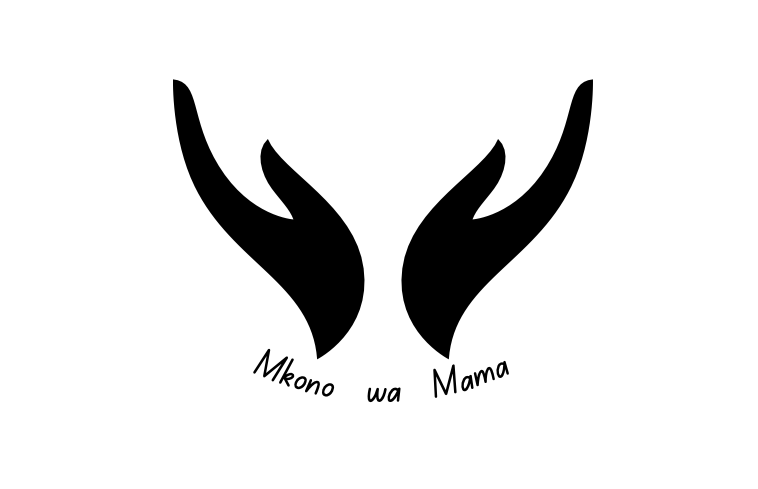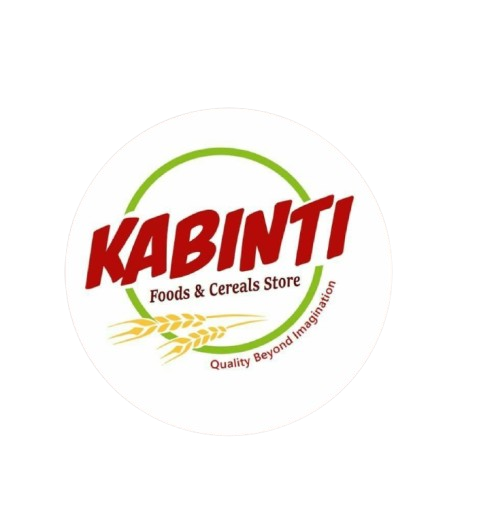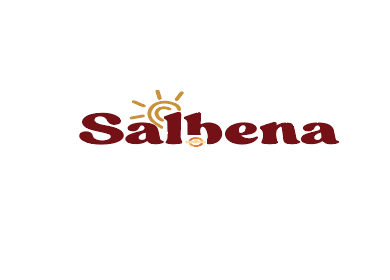Curriculum Implementation Support for Training Institutes (CISTI)
Have you ever wondered how a particular education curriculum is designed, how many people are involved, and how long it takes to implement it? Simply put: It is a process of collecting data, establishing a draft with a specific goal for further consideration, getting various people involved to revise it, and finally implementing it in an educational institution.
That is – again – put very simply, one of the goals of CISTI, which stands for Curriculum Implementation Support for Training Institutes, a project implemented by Sustainable Agriculture Tanzania (SAT) in collaboration with the Ministry of Agriculture (MoA), especially the Division of Training, Extension Services and Research (DTER). DTER supervises, oversees, advises, and controls the quality of curriculum implementation in the Ministry of Agriculture Training Institutes (MATI).
Graduate in sustainable farming
The long-term impact goal of the CISTI project is to have competent technical personnel who work effectively to meet the demand of Tanzania’s agriculture sector, increase climate resilience and strengthen the livelihoods of small-scale farmers, thus alleviating poverty and food insecurity for sustainable development. At the outcome level, the project purpose is to support public and private training institutions to produce graduates who are in line with the need of the country through successfully integrating and implementing organic agriculture, gender, environmental management, cooperatives, and communication skills through the new training curriculum for agriculture on certificate and diploma levels.
CISTI began as a pilot project in 2019 for tutors, students in MATIs, the DTER Office, and the farming community around project training institutes. During this pilot phase, it collaborated with seven Agricultural Training institutes in three agro-ecological zones: HORTI-Tengeru and KATC-Moshi (northern highland zone), St. John’s University and TRACDI (central zone), and MATI-Ilonga, NSI, and KATRIN (eastern/coastal zone). From 2020 to 2022 CISTI was carried out as a fully-fledged project covering a broader scope of 29 Agricultural Training Institutes, both public and private, in seven agroecological zones in the country. The pilot phase's results, experiences, and lessons inform this mature phase.
Currently, CISTI is in a reviewing process, which will lead to finally implementing a new training curriculum for agricultural colleges – hopefully nationwide. Therefore, the project continues to impart change toward sustainable farming in Tanzania.
The main areas of focus for the CISTI
- The development of compendiums as teaching resources for tutors and learning resources for students in the five new thematic areas:
- Communication Skills for NTA level 4
- Environmental Management and Principles of Co-operatives in Agriculture for NTA level 5
- Organic Farming and Gender in Agriculture for NTA level 6
- Capacity building of tutors through workshops and training in the new subject areas integrated into the new training curriculum.
- Establishing organic demonstration gardens in agricultural training institutes
- for students to conduct their practical training, which accounts for 60% of the learning time.
- for public farmers’ days, where various stakeholders get access to up-to-date knowledge and methods through demonstration.
- Improving the teaching and learning facilities in institutes with a particular focus on restocking the libraries and modernizing the ICT laboratories.
- Expansion of the capacity of the SAT Farmer Training Centre. The FTC hosts most of the training sessions. The aim is to provide a conducive environment for trainees, including tutors and students. >> watch our FTC video clip for lively impressions
- Improvement of the capacity of the Division of Training, Extension Services, and Research (DTER) so that it performs its mandated supervisory, advisory, monitoring, and controlling functions effectively. The DTER oversees the implementation of the new curriculum in agricultural training institutes.
CISTI is kindly supported by LED Liechtenstein Development Service (funding) and the United Republic of Tanzania (coordination).



Business Name: KilimoFocus and Consulting
Founder / Owner Name: Rebeca Andrew
Location: Dar es Salaam
Products/Services: The enterprise sources, packs, brands, and supplies food products to supermarkets and retail stores and provides consultancy services for agricultural projects
Instagram: @kilimofocustz

Business Name: Healthy Dried Food Tanzania
Founder / Owner Name: Oliver Kavishe
Location: Bagamoyo, Pwani
Products/Services: Snacks and food items such as dried fruits and vegetable powders
Instagram: @dried_foodtz

Business Name: Mamahealth Enterprises
Founder / Owner Name: Aslatu Nguku
Location: Dodoma
Products/Services: Preserving fruits and vegetables into healthy snacks and flours
Instagram: @mamahealthtz

Business Name: LPHQ Enterprise
Founder / Owner Name: Angelina Sylvester Hillu
Location: Iringa
Products/Services: Tomato wine
Instagram: @elitewinetanzania

Business Name: Golden Key Organic Processor
Founder / Owner Name: Farida Salehe Nassoro
Location: Dar es Salaam
Products/Services: Health and beauty products made from pure natural plants
Instagram Account: @fora_products

Business Name: Mamabora Food Products
Founder / Owner Name: Rose Mjuni
Location: Arusha
Products/Services: Nut butter with chocolate
Instagram Account: @mamaboranuts

Business Name: Mjasi Enterprises
Founder / Owner Name: Eva John
Location: Dar es Salaam
Products/Services: Ground, beetroot, carrot, coconut, potatoes
Instagram Account: @mjasienterprises_tz

Business Name: Mkono wa Mama
Founder / Owner Name: Ketteneema Lukindo
Location: Dar es Salaam
Products/Services: Fruits Candy and Pastes
Instagram Account: @mkonowamama

Business Name: Kabinti Products
Founder / Owner Name: Sarah Benard
Location: Ilboru, Arusha
Products/Services: Porridge Flour and Pumpkin Seeds Flour
Instagram Account: @kabinti_products

Business Name: Salbena Investment Company Limited
Founder / Owner Name: Simon Majeni
Location: Dar es Salaam
Products/Services: Organic honey
Instagram Account: @Salbenahoney

Business Name: Cocozania Group
Founder / Owner Name: Masome Daniel Kulwa
Location: Dar es Salaam
Products/Services: Virgin coconut oil, blended coconut oil, coconut biscuits, coconut powder
Instagram Account: @Cocozania_Official

Business Name: Nita Food Products
Founder / Owner Name: Lilian Mmbando
Location: Arusha
Products/Services: Nutritious seeds
Instagram Account: @nitafoodproducts

Business Name: Rejuvenation Food Africa limited
Founder / Owner Name: Anne Outwater
Location: Dar es Salaam
Products/Services: Ice cream from wild fruits and honey
Instagram Account: @zaidiicecream





